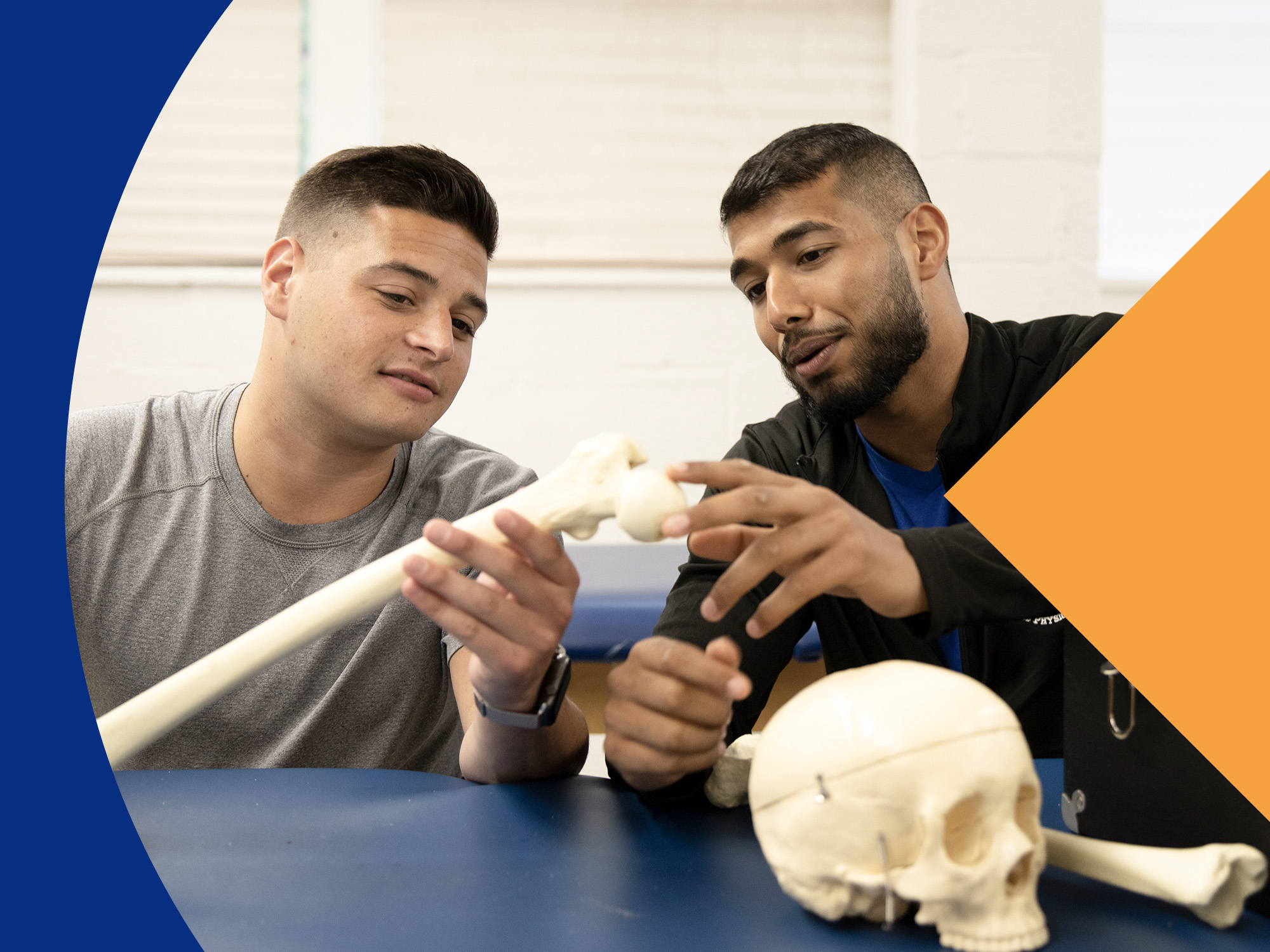25 Fascinating Facts About The Health Sciences
Plan to Study the Health Sciences Or Already Are? Here are 15 Did-You-Knows For Your Next Trivia Night
August 28, 2020

When it comes to the health sciences, there's always something new to learn.
It doesn't matter if you're a physical therapist who's been practicing for 20 years or about to apply to, say, Touro's Behavior Analysis program. We bet you'll find something interesting in the list of facts below, covering everything from the programs Touro offers to the human body.
- The word “muscle” comes from the Latin term meaning “little mouse.“ It's said that Ancient Romans thought that's what flexed bicep muscles resembled. (Source: natgeokids.com)
- Human teeth are just as tough as shark teeth. (Source: sciencemag.org)
- Nurses make up the largest single component of hospital staff and are the primary providers of hospital patient care. (Source: aacnnursing.org)
- The words "BSN preferred" are popping up much more frequently in classified ads for registered nurses nationwide. (In other words, even if you're registered nurse, now's the time to get your BSN.) (Source: aacnnursing.org)
- Occupational therapy was founded by three men and three women in 1917—that's three years before women could vote. (Source: napacenter.org)
- Occupational therapy techniques date back to 100 BC, when a Greek physician named Asclepiades used OT techniques to treat mental illness. (Source: bchcares.org)
- Eleanor Roosevelt was an honored guest at the 21st Annual Meeting of the American Occupational Therapy Association. There, she paid tribute to Eleanor Clarke Slagle, one of the most influential people in the history of OT. (Source: lewisu.edu)
- Physical therapy began in response to WWI. In the army, ‘reconstruction aides’ (aka nurses) were responsible for providing rehab to wounded soldiers using both physical and occupational therapy. (Source: orthocarolina.com)
- PT started as a female-only profession. In fact, in 1921, the first professional physical therapy association was born: the American Women's Physical Therapeutic Association. The first president was Mary McMillan. (Source: apta.org)
- Research has shown that colder temperatures may help reduce allergies and inflammation and can help you think more clearly and perform daily tasks better. (Source: rd.com)
- Studies also show how beneficial optimism really is: there's a connection between increased levels of optimism and decreased levels of death from cancer, disease, infection, and stroke. (Source: nytimes.com)
- The American Speech-Language-Hearing Association (ASHA) started back in 1925 at a meeting of the National Association of Teachers of Speech right here in New York City. (Source: bchcares.org)
- Researchers theorize that singing is a more right-hemisphere brain function, while speaking is more left-hemisphere dominant—which is why some people who have suffered a stroke can still sing. (Source: discovermagazine.com)
- Some throat singers are able to produce four tones (four!) simultaneously. (Source: discovermagazine.com)
- Where can you find the body's smallest bones? In the middle ear: the malleus, incus, and stapes. (Source: entandaudiology.com)
- Approximately 15 to 25 percent of all Americans are considered supertasters: they have more papillae and taste buds than everyone else. (Source: discovermagazine.com)
- Think only your fingerprints are unique? Actually, every person has a unique tongue print too, which can help identify individuals. (Source: hartfordhealthcare.org)
- Try to tickle yourself—you can't! The surprise element is gone, making it impossible. (Source: hartfordhealthcare.org)
- Want to make your treadmill workout go faster and seem easier? Watch yourself in the mirror. (Source: health.com)
- Your belly button is home to nearly 2,400 different germs. (Source: webmd.com)
- Fingers don't contain muscles. The muscles in our forearms are what moves the tendons in our fingers. (Source: deserthandandpt.com)
- The color of your nails can help reveal the quality of your bloodstream's oxygen level and blood circulation. (Source: deserthandandpt.com)
- The global economy loses nearly $1 trillion per year in productivity due to both depression and anxiety. (Source: who.int)
- How prevalent are mental health conditions? In any given year, nearly 1 in 5 American adults will have a diagnosable mental health condition. (Source: mhanational.org)
- There's actually no physiological reason for us to sleep. Some people can get away with less, others need more. (Source: Touro SHS)
Love learning these kinds of things? Follow us on social, where we regularly talk about our research and findings here at Touro SHS.

